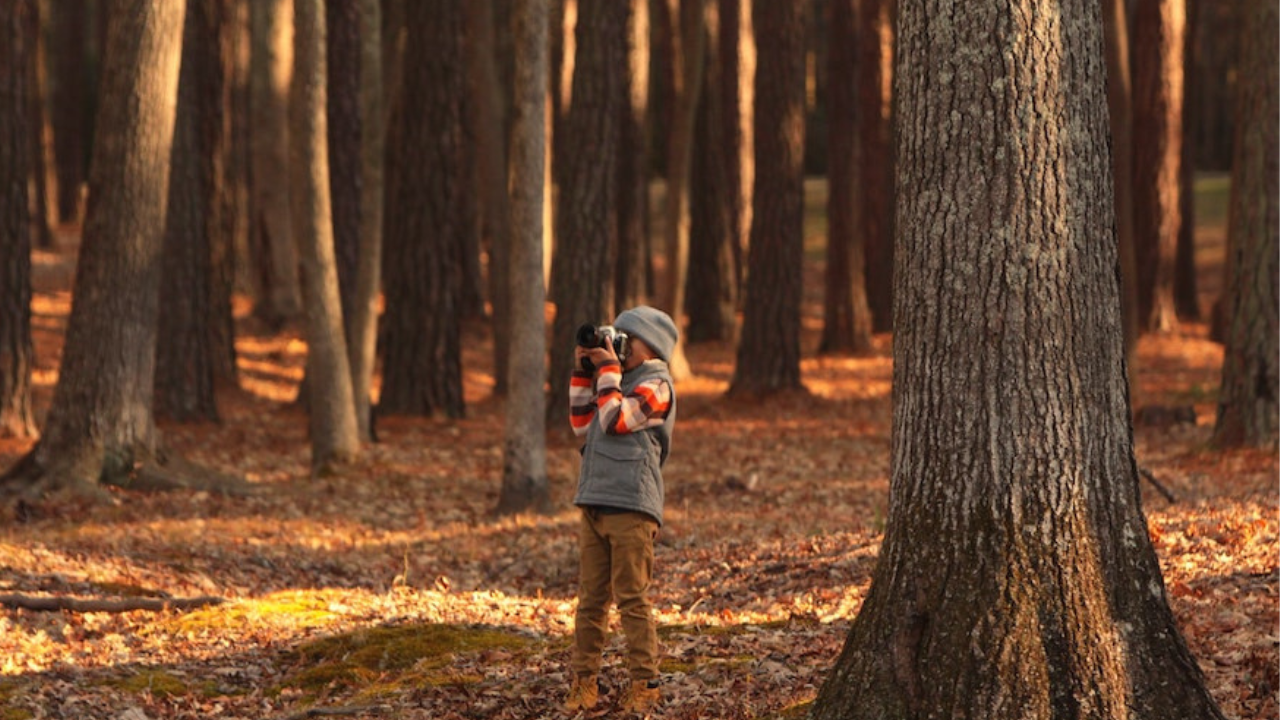Universal Activities to do Outdoors
Jan 27, 2023
One valuable and accessible benefit of homeschooling is taking learning beyond the four walls of a classroom or home. Whether you live in an urban, suburban, or rural environment, the outdoors is a diverse, ever-changing, and abundant place to teach in and learn from. In addition to being emotionally grounding and good for physical health, studies suggest that outdoor learning supports students’ academic gains, as well.
Even when the evidence is clear that the more kids can learn outside, the better, it can be difficult to know how to incorporate outdoor learning into your curriculum, especially depending on what type of environment you live in. This blog aims to give flexible, inclusive options for routines and activities to do outdoors, no matter where you live.
Practice mindfulness: Mindfulness can take many forms, depending on the age, developmental level, and interests of your learner. It can look like silent meditation, practicing different types of breath or yoga poses, mindful coloring or drawing, and more. All of these activities can be practiced outdoors – whether that is on a front lawn in the grass, the roof of an apartment building with a comfy blanket, on pine needles in the woods, or elsewhere! Being outdoors encourages grounding in the mind and body. Even if there are loud noises or other people around, being outside is an ideal place to engage in mindfulness.

Close observation: The ability to closely observe the world around us is an important life skill, and one that can easily be done anywhere outside. Again, no matter your environment, children young and old can engage in close observation of the world around them in a meaningful way outdoors. The subject of their close observation is not important; it could be an object in nature like a plant or tree, the sky, a car parked on the street, a pebble on the ground, etc. Looking closely, recording words and sketches about what they observe, and reflecting on what their observations might mean are the important parts of any close observation exercise.
Noticing patterns: Patterns exist everywhere in nature and the outdoors. Get outside to encourage children to notice physical patterns in things like leaves and flowers, cyclical patterns like the way the moon changes over the course of a month or what time the sun rises or sets each day, or circumstantial patterns like the types of clouds in the sky. Again, recording what they notice about patterns with words and/or sketches and drawings can help solidify learning for children and inspire them to continue searching for new patterns.
The outdoors is a wonderful learning environment for children. Whether you spend minutes or hours outside each day, the important thing is to make it as consistent as possible by incorporating daily outdoor routines like the ones outlined above. If you are interested in more tips and tricks, our Origins Homeschool Curriculum has ideas for how to build outdoor learning time throughout subject areas in creative, manageable ways for homeschool educators.


